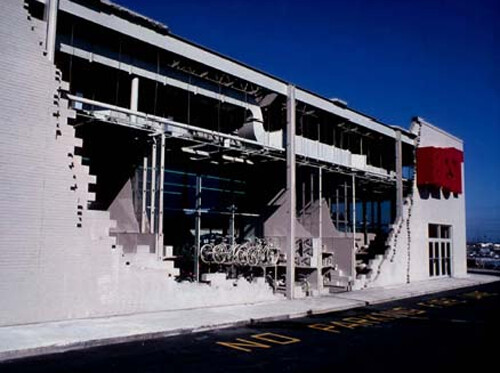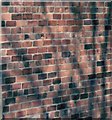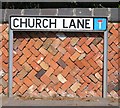Building Made By Concrete
Concrete or a bonding device, was used ever since the Romans invented it in the 300s BC. Concrete was and is still used everywhere in arches, buildings and roads. In Rome, for example, the Romans created the pantheon made of concrete.
It's CITIC Plaza in Guangzhou, its structural height is 391 m (1,283 ft) 80 stories including two tall antenna-like spires on the top. Completed in 1997, it is the tallest concrete building in the world.
Thing is, high buildings are generally built from a 'plan libre' - the façade is rarely load bearing. Concrete is a rather expensive (and sort of unlogical) material to make a non-load-bearing façade with. But it has been in fashion for a while to work with concrete panels.
Water Tower Place in Chicago. The world's tallest concrete tower when it was built in 1973.
This one is some communist concrete supertall!
The Ryugyong hotel is 330m tall and has 105 floors. Located in Pyongyang, capital of North Korea.
Construction started in 1987 bu stopped in 1992.
The Ryugyong hotel is 330m tall and has 105 floors. Located in Pyongyang, capital of North Korea.
Construction started in 1987 bu stopped in 1992.












 This video show how the
This video show how the 







































